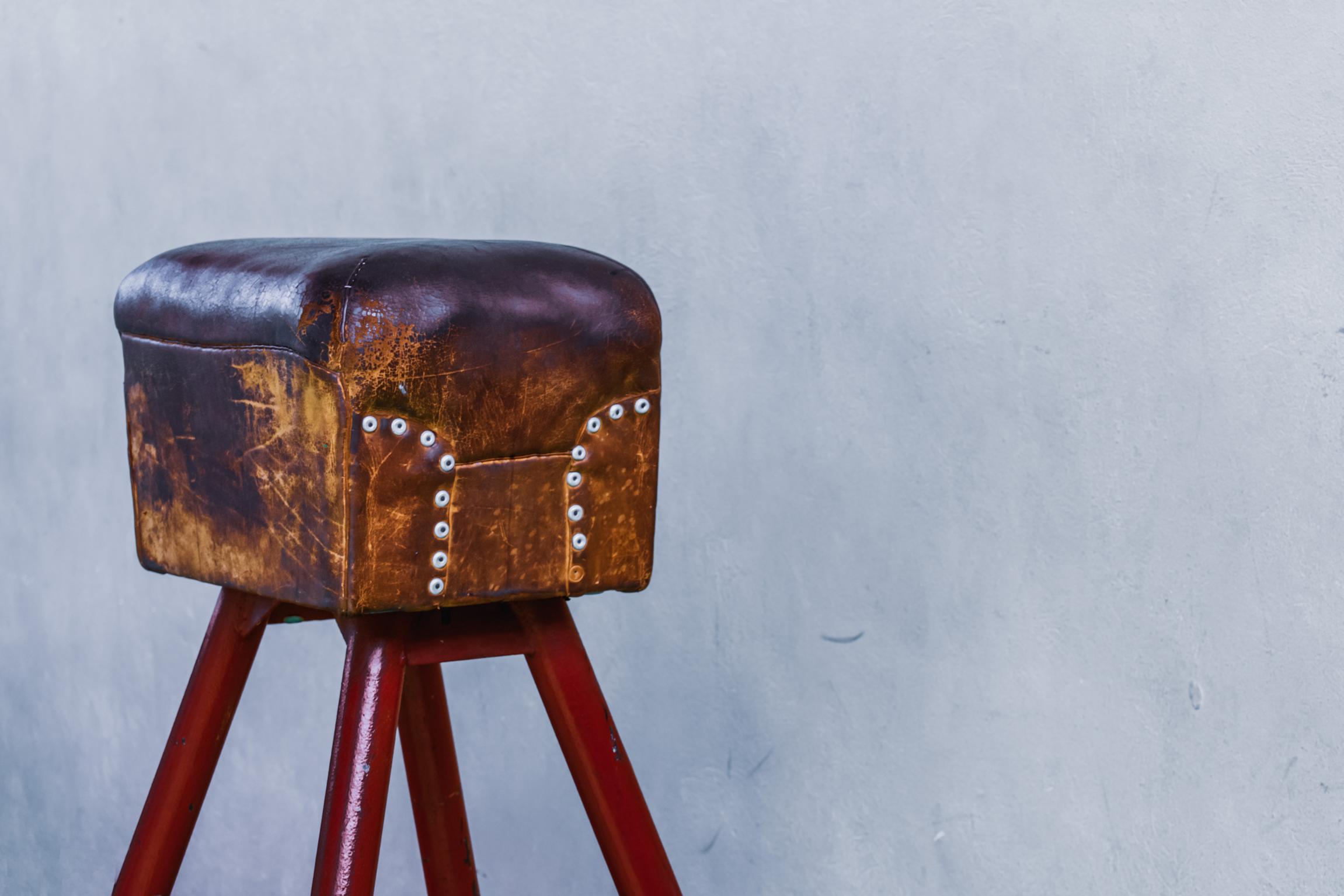Do you ever find yourself wondering how old some horses are that you see in the wild or at a farm? It can be difficult to tell how old a horse is by simply looking at it, but there are a few key indicators that can help you estimate the age of a horse.
Physical and behavioral signs of horse age

Knowing how old a horse is can be tricky, as physical and behavioral signs of age can vary widely among breeds and individuals. However, there are some telltale signs that can help you accurately estimate the age of a horse.
Behavioral signs, on the other hand, include changes in attitude and behavior like increased irritability or decreased energy levels. With a combination of these two types of signs, you can get a good idea of the age of the horse you are examining.
Estimating a horse’s age using its teeth
Estimating the age of a horse can be a tricky task. But with a bit of know-how, you can get a reasonably good idea of a horse’s age by examining its teeth. Horses have a set of baby teeth, also called “milk teeth,” which appear between the ages of one and four.
Horses have a set of baby teeth, also called “milk teeth,” which appear between the ages of one and four. They are eventually replaced by a set of permanent teeth, which grow in between the ages of four and six. By examining the wear and tear on the teeth, you can get a good idea of a horse’s age.
For example, a horse with worn, yellowish teeth is likely to be at least seven or eight years old. On the other hand, a horse with sharp, white teeth is probably younger.
As the horse gets older, the teeth become more widely spaced, while younger horses will have their teeth closer together. So, how do you tell how old a horse is?
By examining its teeth, you can get a pretty good idea of its age.
How to interpret a horse’s x-rays
GPT3 error: The server had an error while processing your request. Sorry about that!
Using genetics to determine a horse’s age
When it comes to determining the age of a horse, genetics play an important role. Using a variety of genetic techniques, such as DNA testing, scientists can accurately tell how old a horse is by analyzing the horse’s genetic code. By comparing the genetic material of the horse to a database of known horses, scientists can tell how old a horse is by looking at its genetic markers.
Additionally, by looking at the age and genetic makeup of the horse’s parents, scientists can make an educated guess about the age of the horse. By understanding the horse’s genetic code, scientists can make an informed decision about the age of the horse, providing an accurate answer to the question, “How do you tell how old a horse is?
“
How to tell a horse’s age by its hooves
Telling the age of a horse is an important skill for equestrians. Knowing the age of a horse can help you understand its behavior, health, and other needs.
By examining the hoof wall, sole, and frog of a horse, you can get a general idea of how old it is. Here is a step-by-step guide to help you tell a horse’s age by its hooves.
The hoof wall is the hard outer layer of the hoof and is the easiest place to start. As horses age, their hoof walls will become worn and brittle, and can appear darker or lighter than their original color. The sole of the hoof is the area below the hoof wall.
The sole of the hoof is the area below the hoof wall. On a younger horse, the sole should be relatively flat and even. As horses age, the sole can become thicker and more concave in shape.
The frog is the triangular-shaped part of the hoof located in the center. On a younger horse, the frog should be firm and resilient. As horses age, the frog will become softer and less pronounced. By evaluating all these factors, you can get a good idea of how old a horse is.
Bottom Line
In conclusion, determining the age of a horse is not an exact science, but there are a few ways to get an estimate. Examining a horse’s teeth, body condition, and general demeanour can all be helpful in determining a horse’s age. Additionally, consulting with a veterinarian or experienced horse owner can often be helpful in arriving at an accurate estimate.
Ultimately, the best way to tell how old a horse is to look at the horse’s official registration papers.